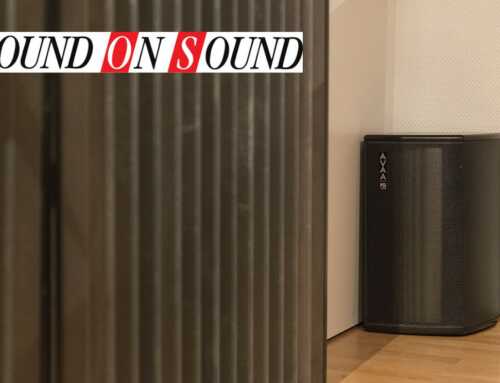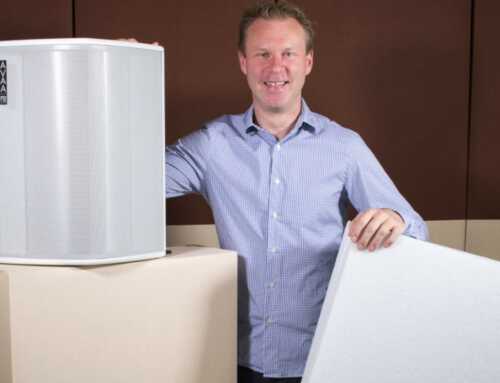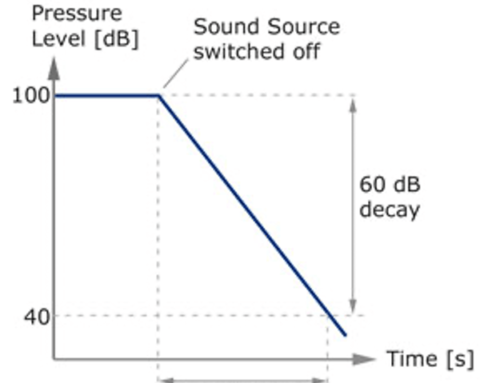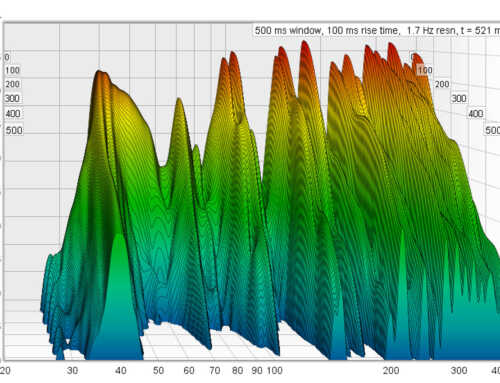Why are low frequencies difficult to treat?
Acoustics is a fluid dynamic. Unfortunately, it is impossible to see what is happening with small pressure waves in air.
Waves in water are a good analogy and the 2 pictures hereunder make it easy to understand why short wavelengths are easy to deal with and big wave lengths are not.
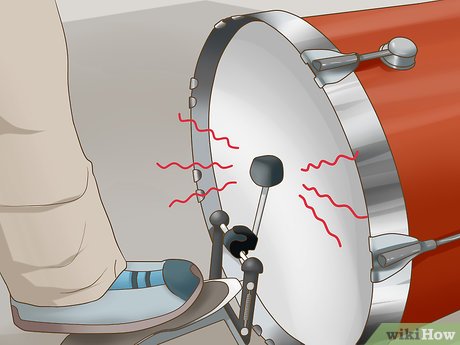
Short wave lengths (high frequencies), only require small devices to interact with them.

Large wave lengths, require large objects to interact with them.
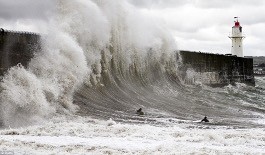
It typically requires an object the size of a quarter of the wave length to be able to interact with a certain frequency:
- 0.4 cm for 20’000 Hz
- 85 cm for 100 Hz
- 4 m for 20 Hz
If you have problems in the low frequencies and do not have enough space to install passive material, our AVAA technology can help.

